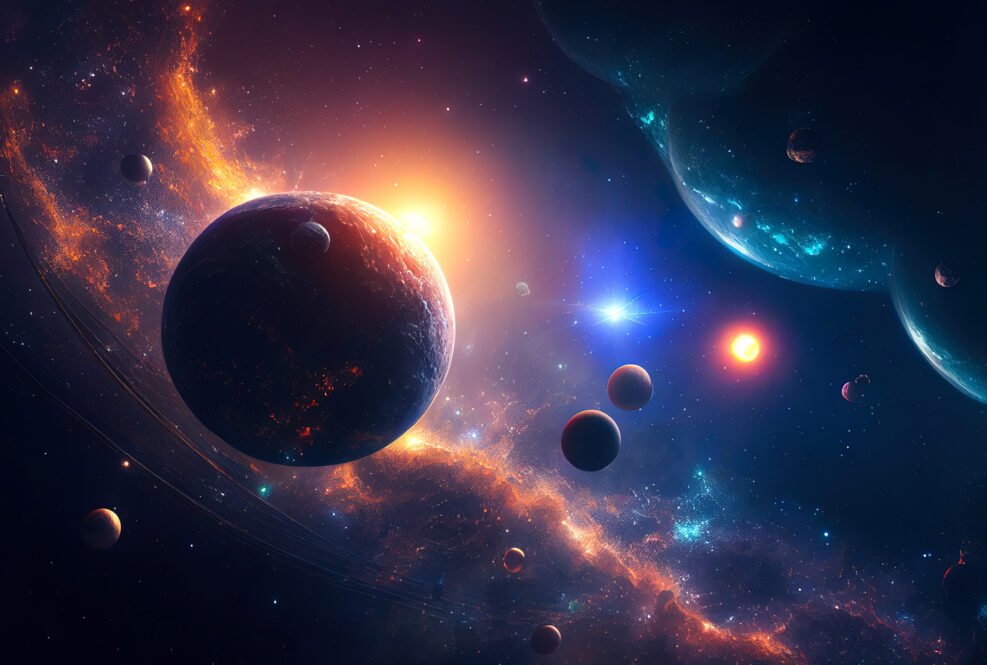
TagAvi Loeb


Great Ideas, Like All Ideas, Are Immaterial in Principle
The main reasons we hear more ideas today is that we are building on basic past ideas plus there are many more human beings and communications systems
News From the Search for Extraterrestrial Life 9
NASA is readying a set of eight instruments for the Ocean Worlds Life Surveyor to search for life on Jupiter’s moon Europa and Saturn’s moon EnceladusIn our universe The universe (as much of we know of it) has now been mapped: With 56,000 galaxies, there wold be, in principle, many places to look for life: “Galaxies, such as the Milky Way, are the building blocks of the universe, each comprised of up to several hundred billion stars.” – Phys.org A big barrier to exploration is, of course, the speed of light; most galaxies are many light years away and nothing moves faster than light. Incidentally, a group of astronomers recently claimed to have detected matter exceeding the speed of light. We asked theoretical physicist Rob Sheldon about that and he replied, “No, it isn’t going faster than the speed of light. Most superluminal objects are Read More ›
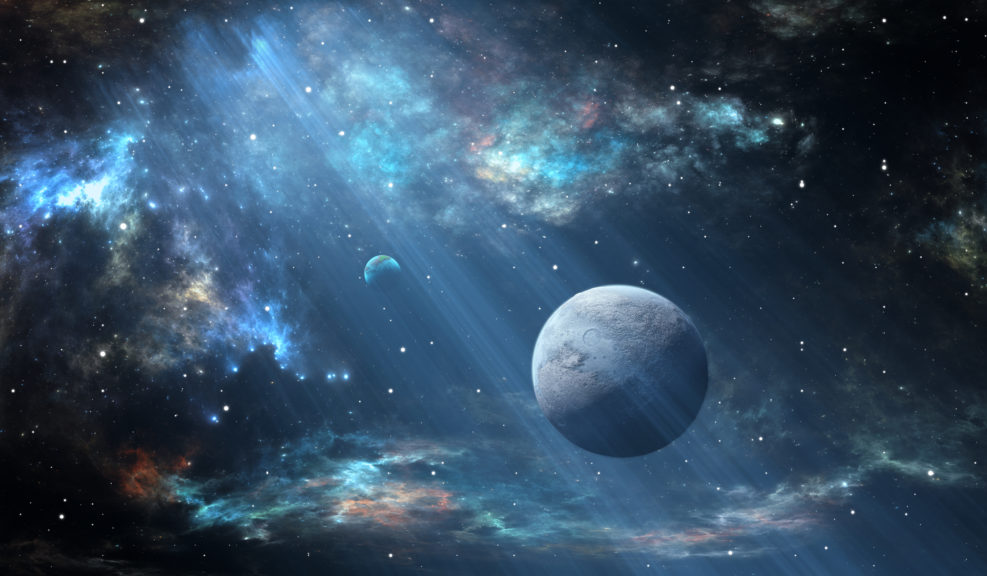
Harvard Astronomer: Advanced Aliens Engineered the Big Bang
Avi Loeb writes in Scientific American that when we humans are sufficiently advanced, we will create other universes as wellAt Scientific American, Avi Loeb, the longest-serving chair of astronomy at Harvard (2011–2020), tackles the question of what came before the Big Bang. He surveys the conventional explanations for this singularity in time and space (when all points are zero) and comes to a somewhat surprising conclusion: Creation by an alien intelligence is the best way to account for our universe: Now there are a variety of conjectures in the scientific literature for our cosmic origins, including the ideas that our universe emerged from a vacuum fluctuation, or that it is cyclic with repeated periods of contraction and expansion, or that it was selected by the anthropic principle out of the string theory landscape of the multiverse—where, as the MIT Read More ›
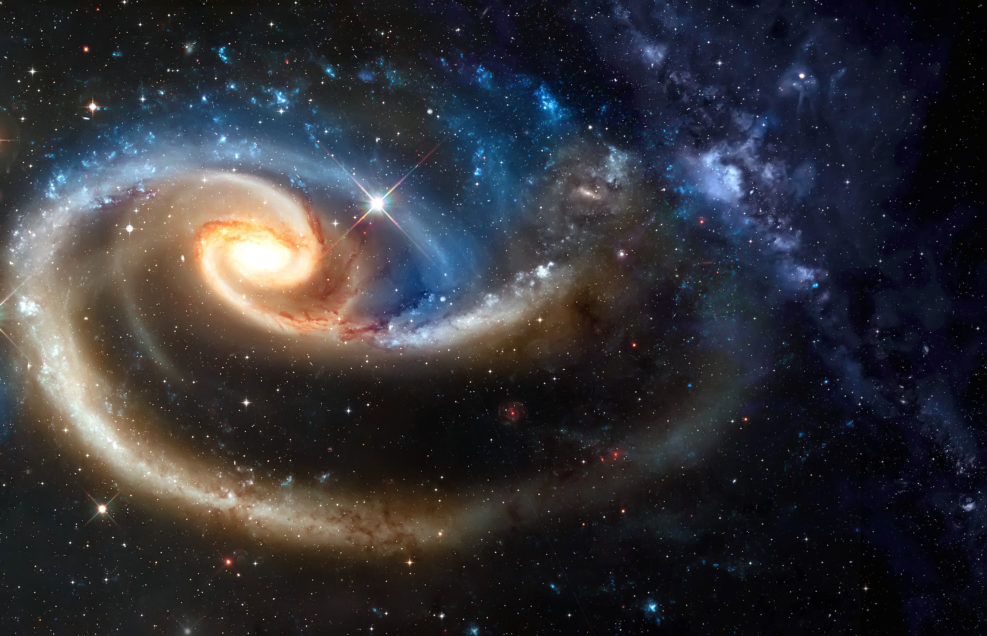
Leading Astronomer Gets It All Wrong About Free Will and Destiny
Logic and reason aren’t laws of physics and therefore they transcend physical propertiesHarvard astronomer Avi Loeb, has recently written an essay in which he considers whether human beings have free will and how long the human race will survive. Loeb is a prolific and often quite thoughtful scientist who has a refreshing propensity to think outside the mainstream. However, his recent essay in Scientific American, titled “How Much Time Does Humanity Have Left?”, is well off the mark. I think he profoundly misunderstands human nature and human destiny. Loeb opines on the question of human free will: The Standard Model of physics presumes that we are all made of elementary particles with no additional constituents. As such composite systems, we do not possess freedom at a fundamental level, because all particles and Read More ›
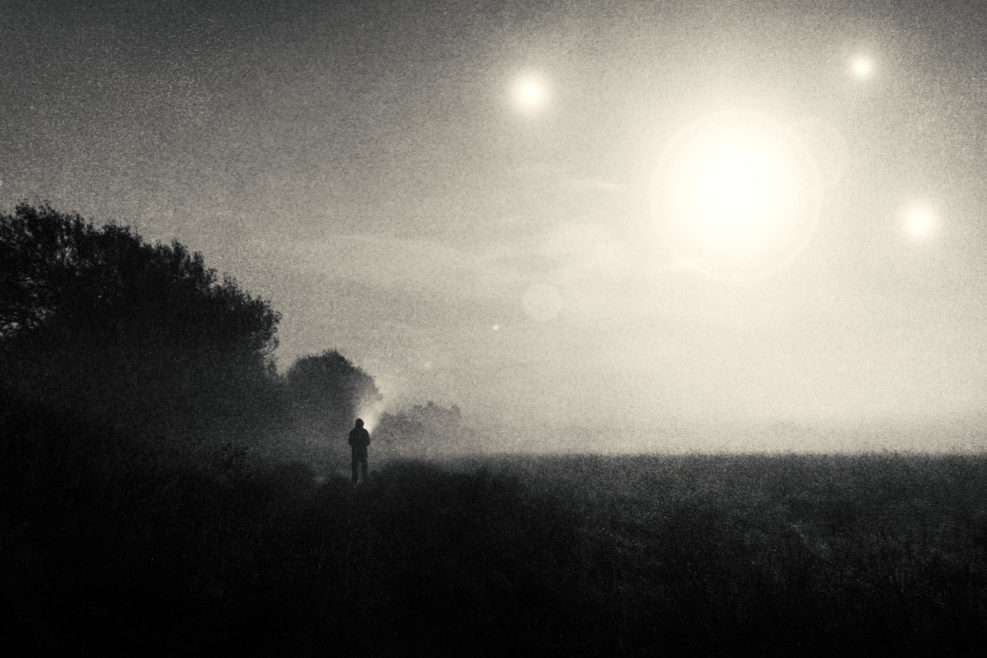
The UFOs Carl Sagan Was Convinced Of But Couldn’t Talk About
Sagan had already been denied tenure at Harvard, a sci-fi screenwriter reflects, and he couldn't afford to take more chancesSci-fi screenwriter Bryce Zabel recalls a memorable dispute with cosmologist Carl Sagan (1934–1996) in a parking lot forty years ago: The Voyager II unmanned spacecraft had been launched in August of 1977. Now, four years later, it was due to make its closest approach to Saturn on August 25, 1981. It was even going to send back photos in almost real time. I got an idea. Bryce Zabel, “Cosmic Collision: My UFO Debate with Carl Sagan” at Medium (August 24, 2021) His idea was to interview Sagan (remember the insignificant Pale Blue Dot that Earth is supposed to be?). I got to host Saturn and Beyond, and it was going to be Carl Sagan and me “live,” without commercial interruption, Read More ›
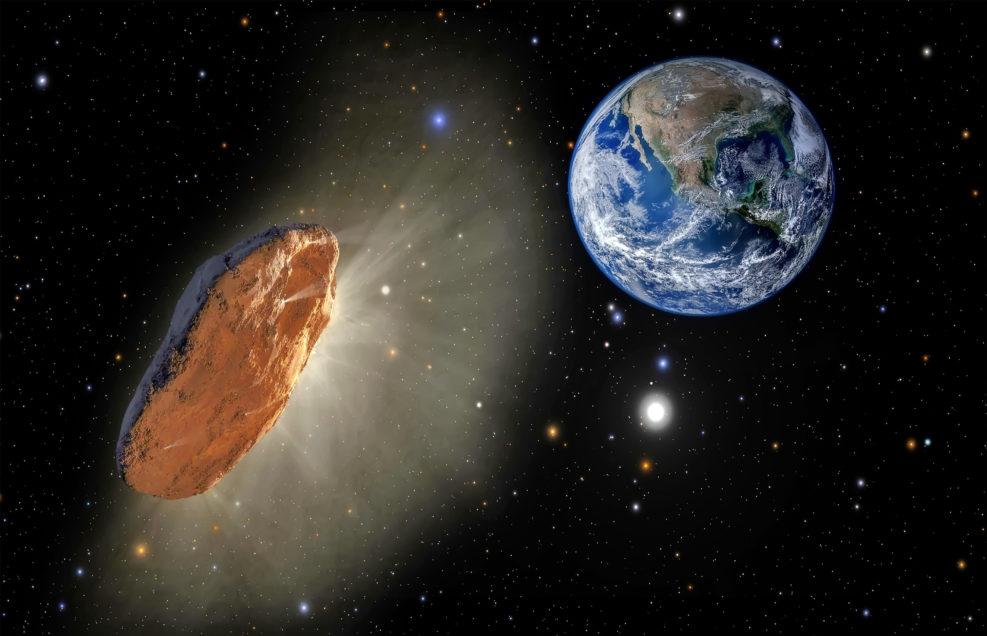
What Space Object ‘Oumuamua Says About How Science Works
The space object, thought by at least one famed astronomer to be an ET lightsail, prompts thoughts about how scientists decide what to believeThe subtitle of Matthew Bothwell’s wrap-up on ‘Oumuamua is most informative: An alien-made artefact or just interstellar debris? What ʻOumuamua says about how science works when data is scarce. At least one astronomer, Harvard’s Avi Loeb, insisted that ‘Oumuamua must be an “extraterrestrial light sail.” And few suggested that that couldn’t possibly be true. Right. What do we do when we are not sure? Bothwell, author of the forthcoming Invisible Universe, offers some thoughts. W all imagine ET in our own image: Victorians of the late 19th century, living in the era of ambitious engineering, looked at Mars and saw globe-spanning canals – evidence, they believed, of a grand industrial civilisation mirroring their own. In the Cold War 1960s, as Read More ›
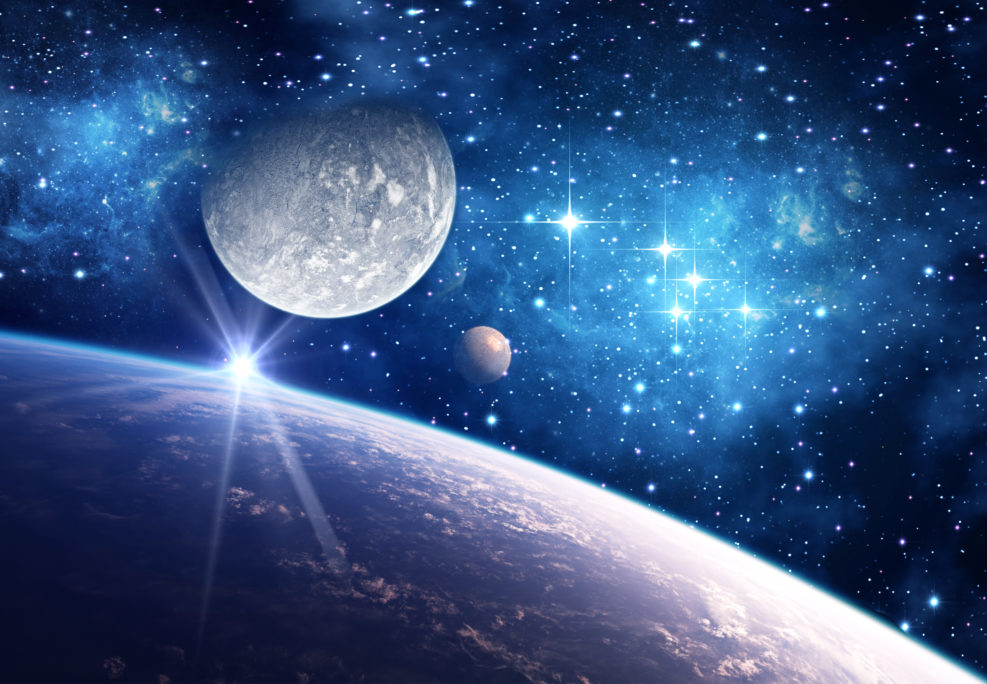
SETI’s Seth Shostak Explains the New Galileo Project To Find ET
Controversial Harvard astronomer Avi Loeb has put together a private funding package to search for alien lifeThe Galileo Project, formed in response to the recent release report on Unidentified Aerial Phenomena (UAP), proposes to look “systematically, scientifically and transparently” for evidence of ET. The report noted that a number of observed phenomena remain unexplained. SETI’s Seth Shostak explains: Avi Loeb, a Harvard astrophysicist who doesn’t hesitate to swim in the shark-infested waters of controversy, is proposing a major effort to find aliens in our solar system, perhaps even in our airspace. He has raised $1.7 million in private funding to launch something he calls the Galileo Project, an initiative to bring the rigor of experimental science to ufology. Loeb’s plan is to use a telescope now under construction, the Vera C. Rubin Observatory, to study interstellar Read More ›
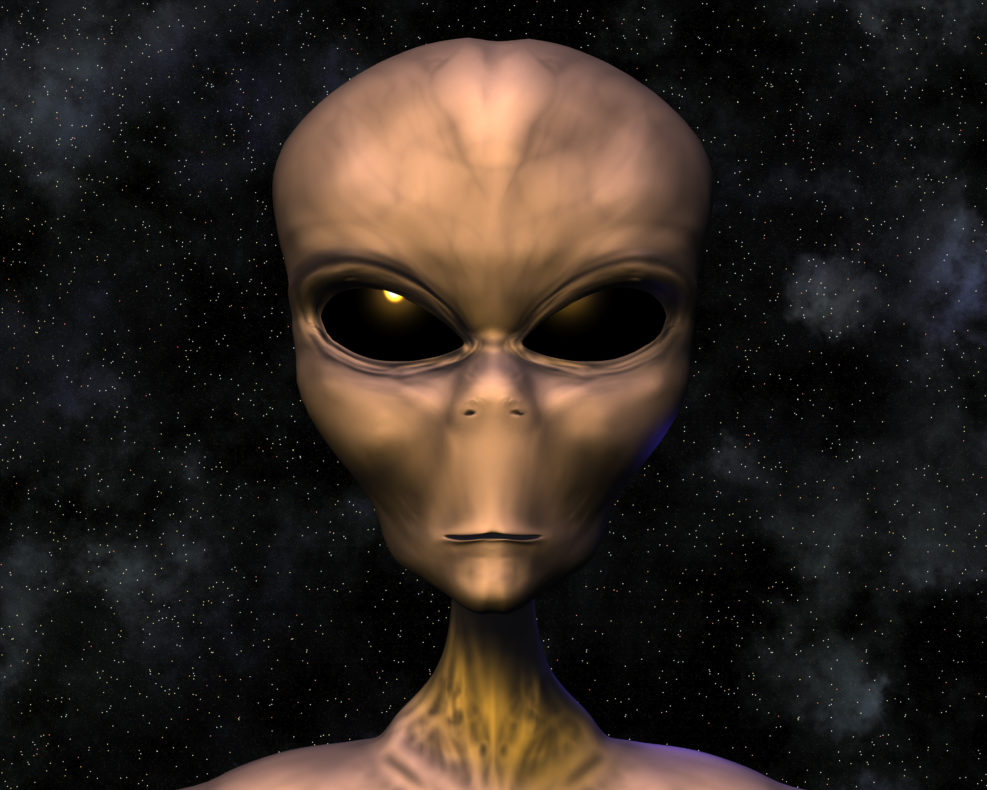
SETI Director Warns: Those Aliens Could Be Malevolent
Harvard astronomer agrees: We’ve sent a lot of signals in recent years; they may have got them. But now what?As the Mars Rover Perseverance bumps around looking for fossil bacteria and such, many students of possible ET life are becoming surprisingly cautious about what it might mean: “We have no reason to believe that technological advancement and altruism or morality are somehow linked,” SETI researcher Andrew Siemion told Inverse. “There probably are malevolent civilizations elsewhere in the universe so that’s certainly something that we should consider as we continue to explore the universe.” Siemion, who’s the director of the Berkeley SETI Research Center and principal of the alien-hunting Breakthrough Listen project, is invoking a tension at the heart of any project searching for alien life. Successfully finding it would change the world — but there’s also no guarantee humanity Read More ›

Astrobiologist Cautions Against Jumping the Gun in Spotting ET
Scientists he says, are cautious with good reason. There are many weird natural phenomena like Oumuamua out there.At Nautilus, astrophysicist (and astrobiologist) Caleb A. Scharf offers some sobering reflections on the diligent search for extraterrestrial intelligences (ET) in recent decades: Despite this effort, there has been no evidence to date of extraterrestrial life. But that lack of evidence is not because the scientific enterprise is uniformly conservative, rigid, and close-minded, as implied by [astronomer Avi] Loeb and uncritically echoed by some columnists. It’s because no discovery or event has risen to the level where it is inexplicable in any other way. Could greater funding and support change that story? Perhaps, but the same could be said for almost any other ambitious scientific enterprise, and the answer cannot be known beforehand. Caleb Scharf, “The Alien-Haunted World” at Nautilus Read More ›